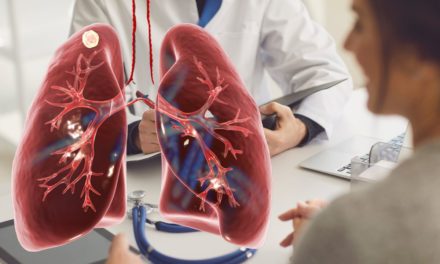Introduction
Nosebleeds, medically known as epistaxis, are a common occurrence that can be unsettling and sometimes alarming. While often harmless and temporary, nosebleeds can lead to discomfort and raise concerns, especially if they are recurrent or accompanied by other symptoms. In this article, we will delve into the world of nosebleeds, exploring their causes, types, effects on individuals, and the diverse treatment options available. By fostering awareness and understanding, we aim to provide valuable insights into nosebleeds and empower individuals to manage and address this common occurrence effectively, leading to improved well-being and a sense of preparedness.
Unveiling Nosebleeds
Nosebleeds occur when blood vessels within the nasal passages rupture, leading to bleeding from the nostrils.
Causes and Triggers
Nosebleeds can result from various factors, including:
- Dry air or low humidity
- Trauma or injury to the nose
- Allergies or sinus infections
- Blood-thinning medications
- Underlying health conditions (high blood pressure, bleeding disorders)
Identifying Symptoms
Common symptoms of nosebleeds may include:
- Blood dripping from the nostrils
- A feeling of liquid at the back of the throat (postnasal drip)
- Mild discomfort or pressure in the nasal area
Effects on Individuals
While usually not serious, nosebleeds can lead to temporary inconvenience, anxiety, or blood loss.
Treatment and Management
- Initial Steps: Tilt the head slightly forward, pinch the nostrils together, and breathe through the mouth.
- Humidification: Using a humidifier at home can prevent nasal dryness and reduce the risk of nosebleeds.
- Nasal Saline Sprays: Saline sprays help keep nasal passages moisturized and minimize irritation.
- Applying Cold Compress: Putting a virus pack on the scaffold of the nose can choke veins and slow dying.
- Seeking Medical Help: If nosebleeds are recurrent, severe, or do not stop within 20 minutes, seek medical attention.
Preventive Measures
Preventing nosebleeds involves:
- Keeping the nasal passages moist (using saline sprays or a humidifier)
- Avoiding excessive nose blowing or picking
- Managing allergies or underlying health conditions
When to Seek Urgent Care
Medical attention is needed if nosebleeds are frequent, accompanied by excessive bleeding, or occur after an injury.
Conclusion
Nosebleeds, though often temporary and benign, can be managed effectively through understanding and proper care. By recognizing their causes, adopting preventive measures, and knowing how to respond, individuals can navigate nosebleeds with resilience and preparedness. Through practical remedies, preventive strategies, and fostering a health-conscious environment, individuals can experience improved well-being and confidently address the challenges of nosebleeds. Let us stand united in raising awareness, advocating for proper care, and championing a world where everyone can manage nosebleeds with ease and enjoy optimal health, unburdened by the concerns of this common occurrence.










